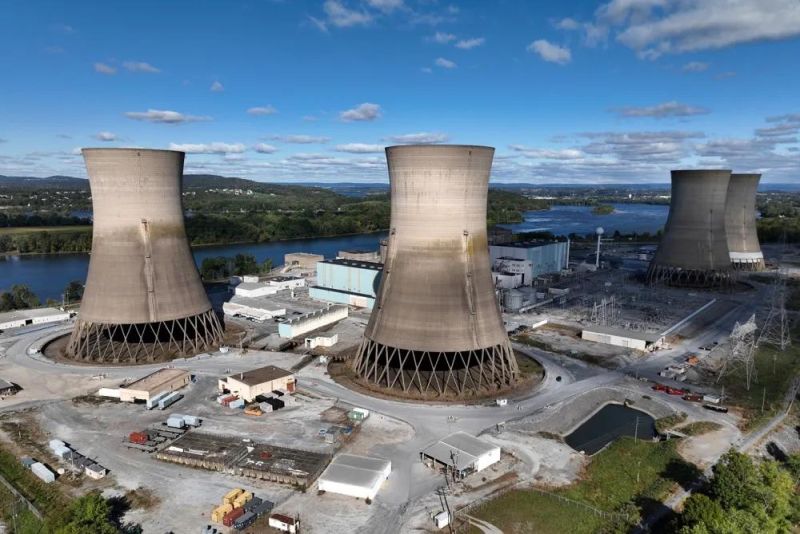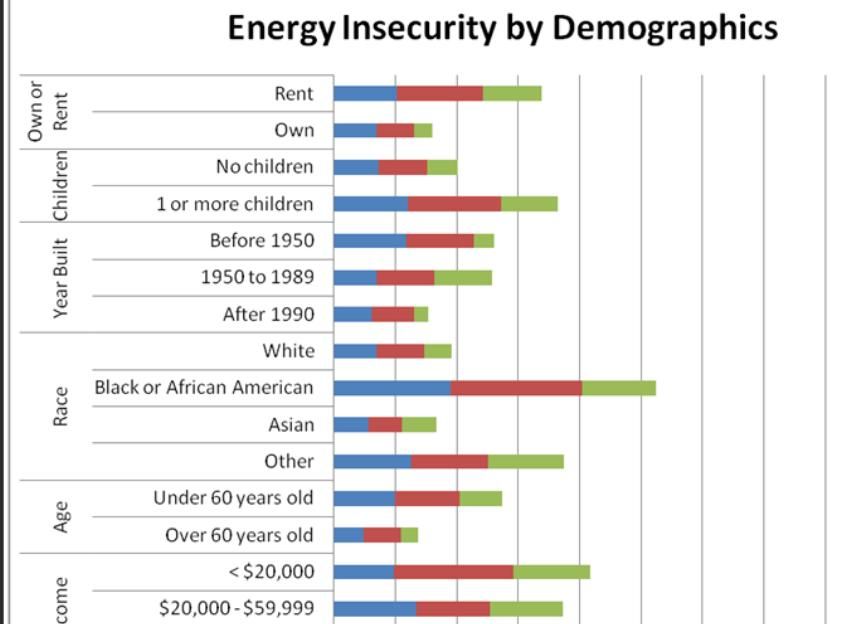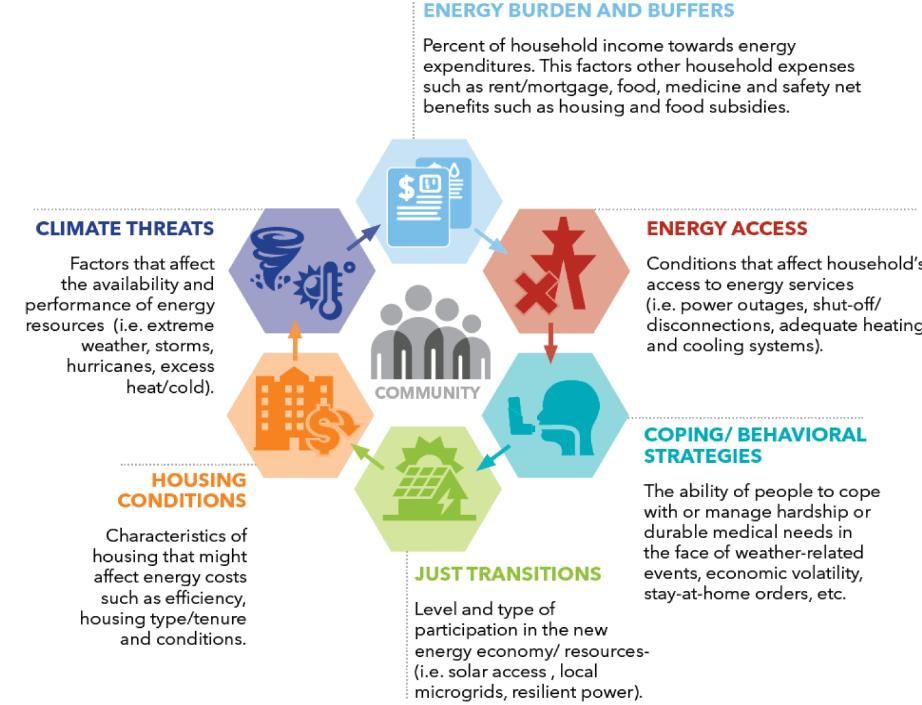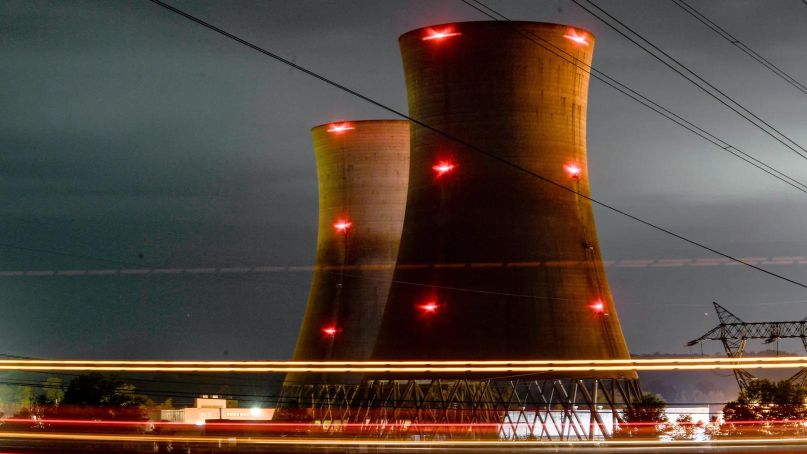By Eric Vandenbroeck and co-workers
America’s Awkward Energy Insecurity
Problem
For the United States—a
country that, especially under incoming President-elect Donald Trump, aspires
to be not only energy secure but energy dominant—one energy insecurity problem
remains, which could dog the development of a key source of new power.
Some five months
after the United States swore off imports of Russian-enriched uranium, a key
source of fuel for the nuclear reactors that provide almost 20 percent of the
country’s electricity, U.S. reliance on imports, including from Russia, remains an issue. At stake is less the fuel supply
for the current fleet of nuclear reactors than the fuel for the coming
generation of advanced nuclear plants that are meant to provide all the extra
power needed to run data centers and power artificial intelligence; Russia has
a complete monopoly on the commercial production of that richer blend of fuel.
(Tech companies are so eager to line up new sources of power that Microsoft
is re-commissioning part of the shuttered Three Mile Island nuclear
power plant in Pennsylvania and will buy all of its output.)
U.S. imports of
Russian enriched uranium for reactor fuel fell announcing its own ban on exports to
the United States last fall, Russia promptly issued waivers of its own to allow fuel to be sent to U.S.
customers.)
Europe, after a
buying spree in 2023 to stock up on specialized Russian fuel needed for
Soviet-era reactors, also cut back its purchases of Russian uranium last year,
but it is still a buyer—especially France. The International Energy Agency
(IEA) recently released a report that noted 2025 will be a record year for
nuclear power generation and the start of an era of huge nuclear growth, but it
also underscored the risks of relying on countries like Russia and China for
such a critical industry.
“Highly concentrated
markets for nuclear technologies, as well as for uranium production and
enrichment, represent a risk factor for the future and underscore the need for
greater diversity in supply chains,” the IEA said.

The shuttered Three
Mile Island nuclear power plant stands in the middle of the Susquehanna River
in Pennsylvania on Oct. 10, 2024.
But sourcing nuclear
fuel is not like sourcing fossil fuels: It can take years to secure government
and regulatory permits that allow for the import of enriched uranium to keep
reactors running. That means that even the three-year grace period included in
last year’s legislation to find new suppliers to replace Russia leaves little
cushion.
“If I were a nuclear
power operator, I would be making sure I have fuel in place for two to three
years from now, because that is how long it can take to go through the
process,” said Cindy Vestergaard, a senior fellow at the Stimson Center, a
nonpartisan think tank.
The legislative ban
and the decrease in Russian imports are the beginning of U.S. efforts to come
to grips with a self-inflicted energy vulnerability that came about with the
end of the Cold War and the sudden availability of cheap, abundant nuclear fuel
from a former geopolitical rival. This transition period means the United
States will remain largely dependent on foreign sources of fuel for its
reactors, a stark contrast to its virtual self-sufficiency in oil, gas, and
coal.
“We have not fixed
the problem entirely,” said Rowen Price, a nuclear policy advisor at Third Way,
a center-left think tank. “The fact of the matter is that we still rely on our
geopolitical adversaries for uranium.”
At the same time that
Russian imports in the United States have gone down, imports of Chinese
enriched uranium have increased, sparking the Biden administration to review if
China is helping Russia indirectly circumvent U.S. efforts to kick its reliance
on bad actors.
“We certainly don’t
want to be in a position where we are trading reliance on [Russian President
Vladimir] Putin for [Chinese President] Xi Jinping, so it adds to the urgency”
of rebuilding U.S. and European enrichment capacity, Price said.

And that, precisely, is
the second part of the U.S. push, after the phased ban on Russian uranium
imports. Last December, the U.S. Energy Department picked six companies to compete for up to $2.7 billion
in contracts to supply both the low-enriched uranium (LEU) needed for
today’s fleet and the so-called high assay, low-enriched uranium (HALEU) needed
for the next generation of advanced nuclear reactors.
“We don’t have the
capacity [for enrichment] in the United States, there is a huge delta between
the demand and the supply,” said Christo Liebenberg, CEO of LIS Technologies,
one of the six companies picked. LIS, unlike most enrichment firms that use traditional
centrifuges to spin gaseous uranium hexafluoride into enriched uranium, is
trying to perfect the use of lasers to do the same job more efficiently and at a
much lower cost.
“It’s a matter of all
hands on deck. The demand is already huge today, but now there is the surge” to
meet the proposed tripling of the size of the U.S. nuclear fleet, he said.

Another company picked by the Energy Department for the new
project is part of Urenco, the European consortium
that already operates the sole U.S. enrichment facility for nuclear power
plants. Experts said it should be relatively easy to keep fueling the existing
nuclear fleet from stockpiles and imports from friendly nations while additional
enrichment capacity is built.
But the big question
remains of what solutions will emerge for HALEU, which is needed for the next
generation of reactors, as well as more traditional reactors meant to be the
tech industry’s solution to ravenous power demands for data centers and artificial intelligence.
Companies such as
Terra Power and X-energy both need HALEU for their advanced reactors, which are
expected to be operational by 2030 provided the fuel is available.
Initially, the plan was to get the highly enriched fuel from Russia,
but its war in Ukraine and the later U.S. ban has thrown the fuel question into
uncertainty.

Conventional
enrichment technologies can make HALEU if they add extra steps and build new
facilities with additional security. Another issue, noted Vestergaard, is that
commercializing HALEU will require an entirely new way to transport the nuclear
fuel because the casks used for lower-enriched uranium can’t be used for
HALEU.
So far, there’s been
a chicken-and-egg problem with HALEU: Unless and until there is a healthy
and long-term demand, there has been little incentive to invest heavily to
produce it. The Energy Department program aims to kickstart that production,
but it is not clear if traditional centrifuge technologies or laser enrichment
technologies can provide the advanced fuel as soon as the reactors require.
“The urgency on HALEU
is that we are rapidly approaching the timeline for these new
projects, and they need fuel, and we don’t have anywhere to get that fuel
yet,” Price said.
For updates click hompage here